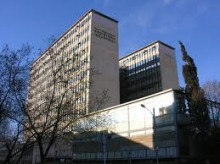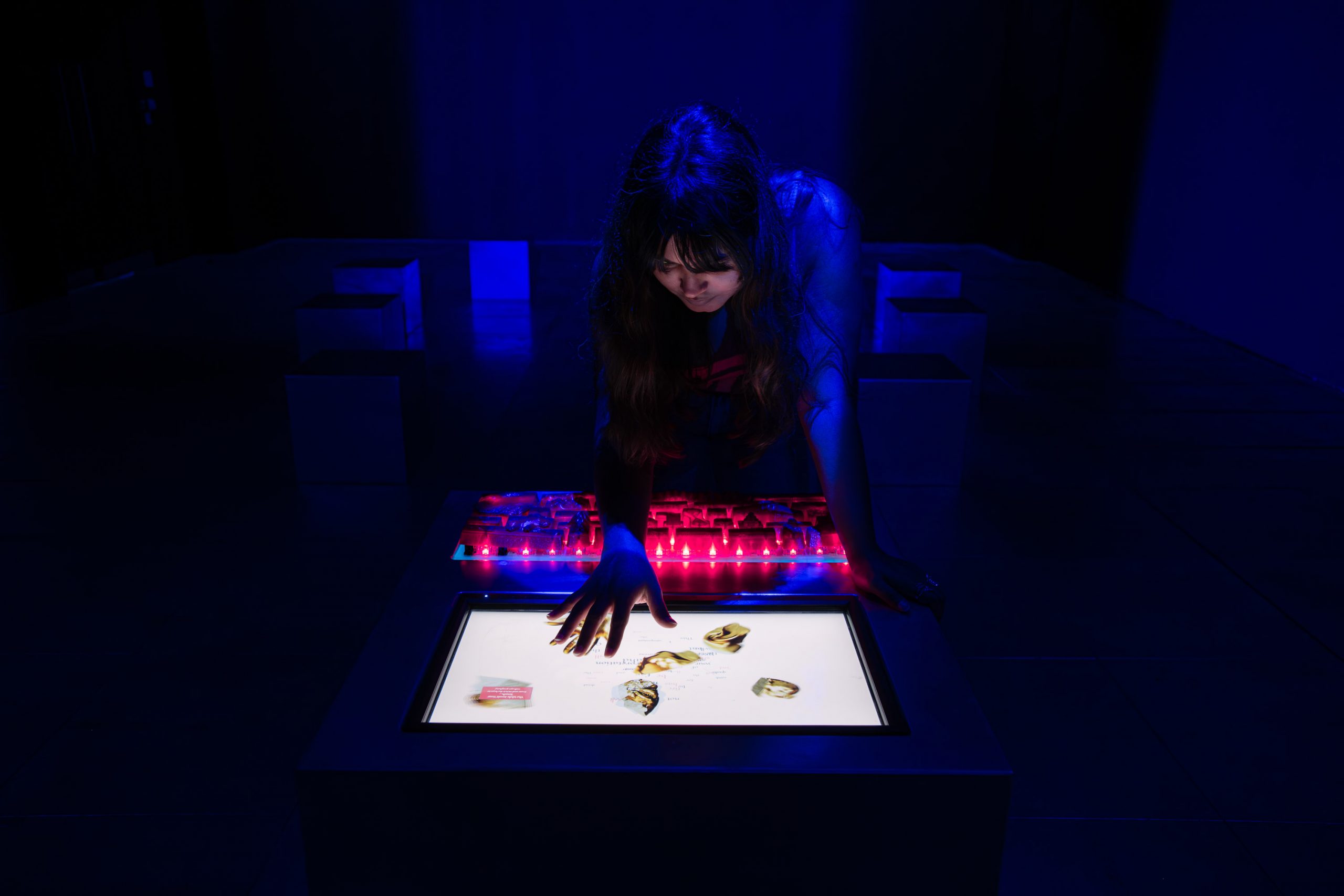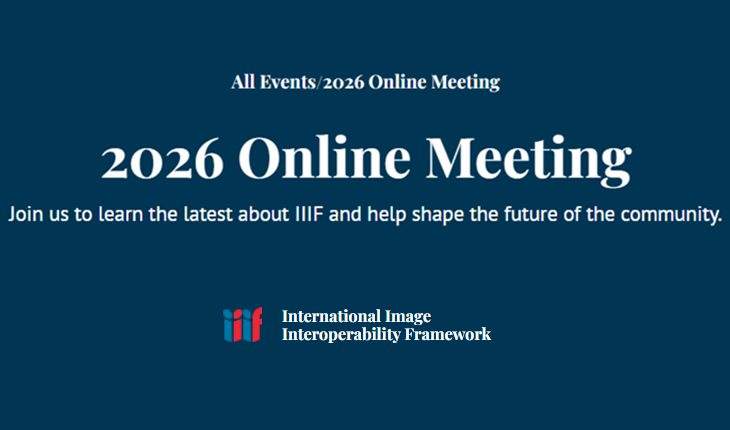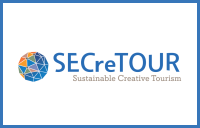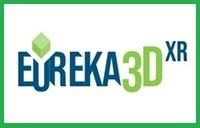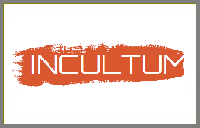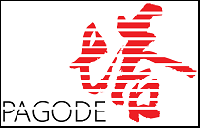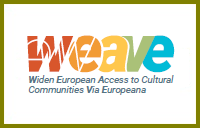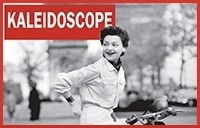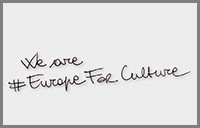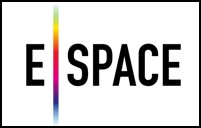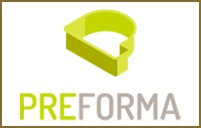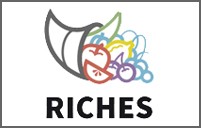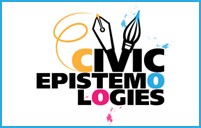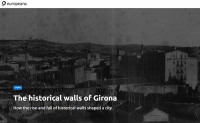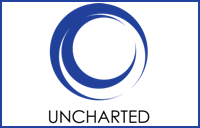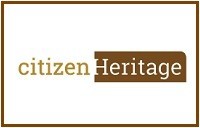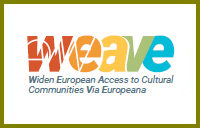Login Status
-
Free text
UPCOMING EVENTS:
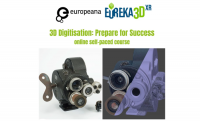 Created in the context of the EUreka3D-XR project and designed to help anyone on their 3D digitisation journey
Created in the context of the EUreka3D-XR project and designed to help anyone on their 3D digitisation journeyThe common European data space for cultural heritage is developing training resources on various themes, to support cultural institutions in building capacity for the new challenges they are facing in innovating and modernizing their workflows in the digital realm. EUreka3D … Continue reading →
 IN SITU Final Conference, Valmiera, Latvia, from 11-13 May 2026
IN SITU Final Conference, Valmiera, Latvia, from 11-13 May 2026The IN SITU project celebrates its Final Conference in Valmiera (Latvia) from 11 to 13 May 2026. Extended deadline: The deadline for the Call for Papers for the Special Issue Proposal in the International Journal of Cultural Policy has been … Continue reading →
Topic: interactivity

This event will bring together application developers, information professionals, technology researchers and decision makers in the cultural domain to explore current technical challenges around digitisation and re-use of cultural content, learn about new developments and establish future collaborations. Continue reading
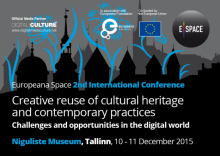
Creative reuse of cultural heritage and contemporary practices – hallenges and opportunities in the digital world is the second international conference of Europeana Space. A delegation of PREFORMA partners will attend the Conference, organized in Tallinn on 10-11 December 2015 by the Estonian Ministry of Culture, to discuss possible cooperation opportunities between the two projects. Continue reading

Analysis of the research tasks that were difficult or impossible with the IPSA website, but which CULTURA makes possible and easy. Continue reading
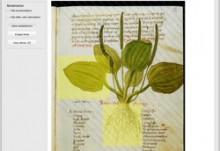
Text, illustrations, paintings and – more recently – photographs, video and audio recordings, much of them now digitised, recount many aspects of European history, from major international events to personal stories. Now, new technology is being brought to bear on these treasure troves of historical information, thanks to EU-funded researchers whose work promises to shed new light on the past. Continue reading
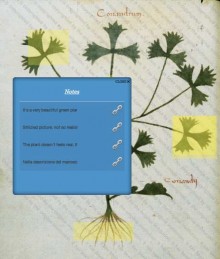
Interesting paper presented by a group of experts and researchers at the ACM Congress DocEng 2013 to introduce the main characteristics of the digital cultural collections that constitute the use cases presently in use in the CULTURA environment. Continue reading

The Smithsonian’s Digitization Program Office has developed 3D models from its holdings, and a selection of models is available online. The Smithsonian x3D Explorer allows users to interact with the digital objects in a web browser, to access, view and manipulate these objects, and eventually to print them with a in-house 3D printer, as the raw 3D data from the objects will be made available for downloading for personal and non-commercial use. Continue reading

The Learning Objects, developed in the frame of Linked Heritage, range from Europeana to aggregation, metadata standards, linked data, terminology, etc.) and address an identified shortage of awareness of these important topics. Continue reading
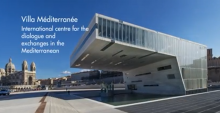
The event is very wide. For this reason, to provide an effective way for participants to explore such a rich and diverse program, Digital Heritage 2013 built an interactive schedule featuring social networking, a personal agenda builder, dynamic attendee directories, and more. Users can view the schedule in list, grid, and other forms as well as on mobile devices. Continue reading


